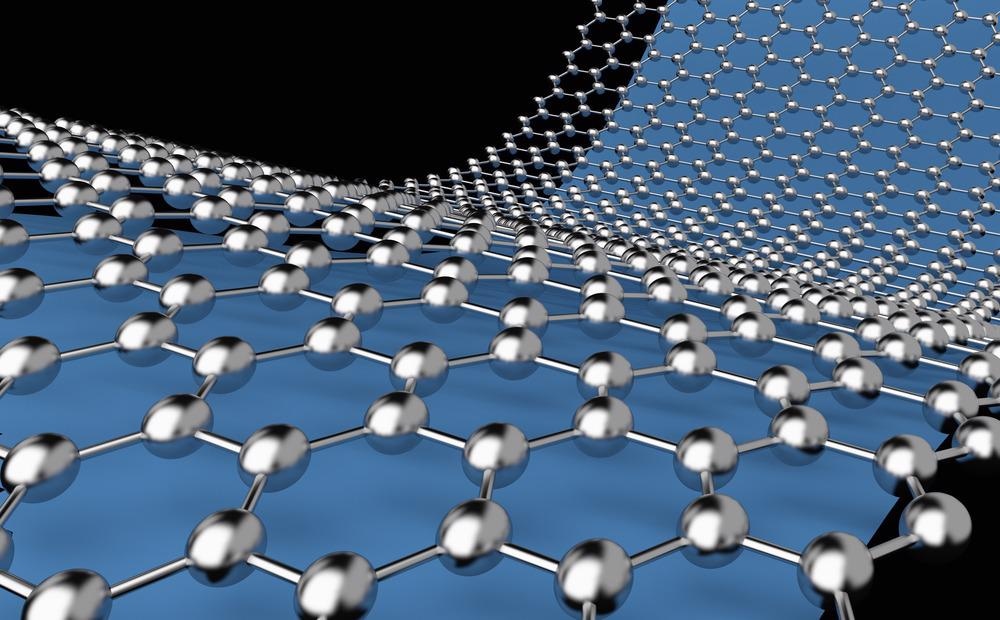Noble metal nanocrystals (NCs) with well-controlled shapes have attracted the curiosity of many researchers. The regulated photo deposition approach for the production of noble metal nanocrystals is the topic of a recent paper published in the journal ACS Applied Materials & Interfaces.

Study: Shape-Controlled Photochemical Synthesis of Noble Metal Nanocrystals Based on Reduced Graphene Oxide. Image Credit: Ambelrip/Shutterstock.com
Importance of Nobel Metal Nanocrystals (NCs)
Due to its advantages in catalytic reactions, detectors, optoelectronics, and biomedical sciences, there has been growing interest in the production of stabilized noble metal nanocrystals with well-controlled morphologies.
Controlling the kinetic and thermodynamic crystalline development processes efficiently is critical for controlling the geometry of metal NCs. It has been shown that the addition of surfactants, external metal ions, or macromolecules is efficient in regulating the eventual morphologies of metal NCs. However, compared to the direct manufacture of noble metals, strategies for developing shaped noble metals on scaffolds are generally not well established.
What is the Photodeposition Process?
Metals can be loaded onto semiconductors in a stirred tank reactor using photo deposition, which is a simple and effective process. During a conventional photo deposition procedure, the semiconductor's conduction and valence bands (CB and VB) are bombarded with UV or visible light.
To convert the metal substrates to NCs, the electrons generated by the photoinduced electrons are preferable to those generated by the photoinduced holes. The shape, chemistry, and even the geometric arrangement of metal NCs may be precisely controlled by adjusting the photo deposition settings. However, metal NCs with well-controlled forms manufactured by the photo deposition approach have not been documented to date.
The challenges in regulating the deposition and development processes of metal NCs provide a significant limitation in their widespread applications.
A Controlled Photodeposition Process for Loading of NCs
In this study, the researchers loaded conventional precious metal NCs on reduced graphene oxide (rGO) using a regulated photo deposition technique. To prevent the rapid buildup of photons in the metal nucleus, rGO is used as a buffer to transport photons from semiconductors. The standard synthesis procedure consists of two phases. In the first stage, photoelectrons from semiconductors, such as titanium oxide convert graphene oxide to rGO. The excited electrons in the semiconductor then travel to rGO to activate the reduction of reaction products and get the shape-regulated metal NCs in the second stage.
Characterization and Electrochemical Testing of Nobel Metal NCs
High-resolution transmission electron microscopy (TEM) characterizations were performed to investigate the optical properties of the produced metal NCs. The crystalline structure of the nanocrystal was studied using X-ray photoelectron spectroscopy (XPS) and X-ray diffraction (XRD).
Hydrogen evolution reaction (HER) measurements were used to investigate the electrochemical behavior. As the electrode surface, a glass substrate electrode with a thickness of three mm and a catalyst coating was employed. As standard and counter electrodes, a saturated calomel electrode and a graphene rod were used.
To acquire the solution impedance, electrochemical impedance spectroscopy was performed in a predetermined frequency band, and the voltage was recorded at an open circuit potential of ten mV.
Important Findings of the Study
An effective technique for photo deposition of standard noble metal NCs on the interface of rGO was presented in this work. Stable crystalline faces of metal NCs were produced. Both titanium oxide and rGO were eliminated from the synthesis procedure to establish that the creation of regular palladium NCs is caused by photo deposition rather than photolysis.
Noble metal NCs could be generated in the existence of graphene oxide (GO) but not in the absence of titanium oxide; however, the shapes of these NCs could not be adequately controlled. These findings suggest that the photocatalytic activity of semiconductors such as titanium oxide plays an important role in the creation of palladium NCs with tailored morphologies.
The introduced rGO not only aids in the effective transmission of photons, reducing the influence of the unwanted Schottky barrier, but it also offers a stable platform for the formation of shape-controlled metal nanocrystals. In HER applications, metal NCs with closed facets outperformed irregular palladium NCs by a wide margin. The present investigation is expected to be extended to include the photo deposition of other metals in various forms on rGO for different biomedical and diagnostic applications.
Reference
Liu, Y. et al. (2022). Shape-Controlled Photochemical Synthesis of Noble Metal Nanocrystals Based on Reduced Graphene Oxide. ACS Applied Materials & Interfaces. Available at: https://pubs.acs.org/doi/10.1021/acsami.2c01209.
Disclaimer: The views expressed here are those of the author expressed in their private capacity and do not necessarily represent the views of AZoM.com Limited T/A AZoNetwork the owner and operator of this website. This disclaimer forms part of the Terms and conditions of use of this website.